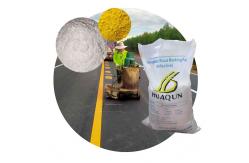Thermoplastic Road Marking Materials Compliant With BS 3262 Durable Skid-Resistant And Reflective
|
Detailed Product Description
Thermoplastic Road Marking Materials Compliant with BS 3262 Durable Skid-Resistant and ReflectiveProduct Description
BS 3262 refers to a British Standard that specifies requirements
for thermoplastic road marking materials, commonly used in the UK
and other regions that adopt British Standards. Thermoplastic paint
complying with BS 3262 is a durable, heat-applied marking material
designed for high-performance applications like road lines,
pedestrian crossings, and traffic symbols. Key Properties (Per BS 3262):
Specification
Steps to Use Thermoplastic Paint:
|
||||||||||||||||||||||||||||||||||||||||||||||||||||||||||||||||||
| Product Tags: Reflective Thermoplastic Road Marking Materials Durable Thermoplastic Road Marking Materials Skid-Resistant Thermoplastic Road Marking Materials |
Related Products
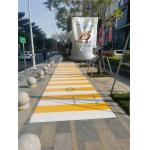
|
Road Line Paint Yellow White Color Traffic Coating Powder Thermoplastic Hot Melt Road Marking Paint HUAQUN |
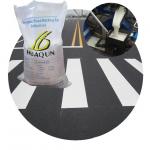
|
BS 3262 Thermoplastic Paint Adheres To Asphalt And Concrete For Long-Lasting Road Markings |

|
BS 3262 Thermoplastic Road Marking Paints Compliant with British Standards for Durability and Reflectivity |
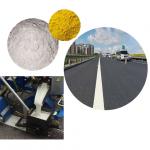
|
BS 3262 High-Performance Hot-Applied Thermoplastic Road Marking Materials for Roads |
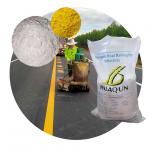
|
Thermoplastic Road Marking Materials Compliant With BS 3262 Durable Skid-Resistant And Reflective |
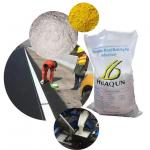
|
High-Index Reflective Thermoplastic Road Marking Paint Powder Coating With Glass Beads Mainly Resin Product |
Email to this supplier

